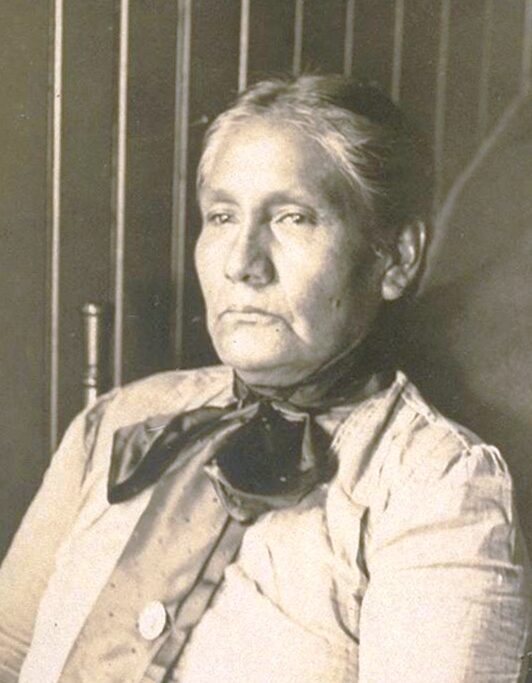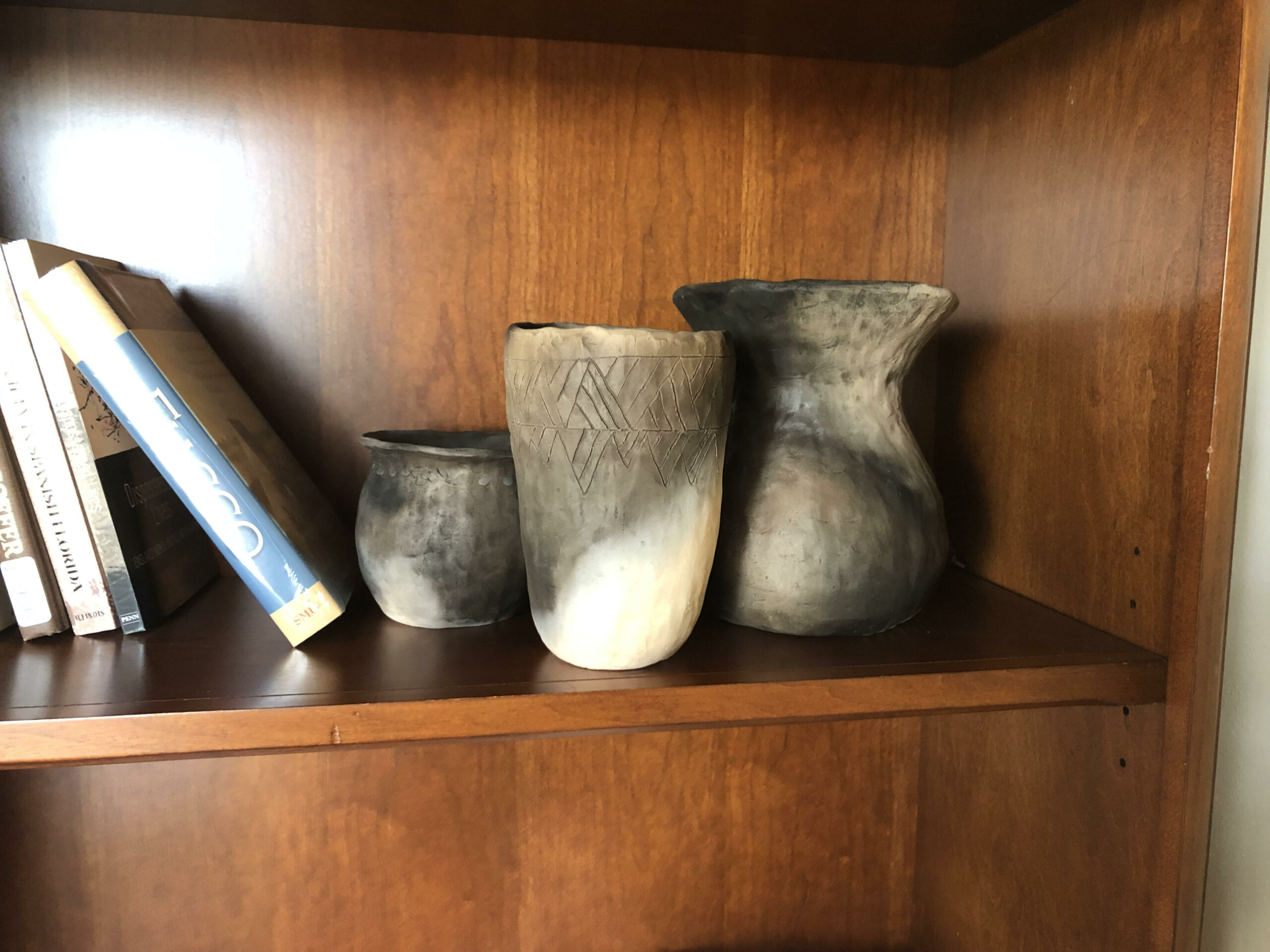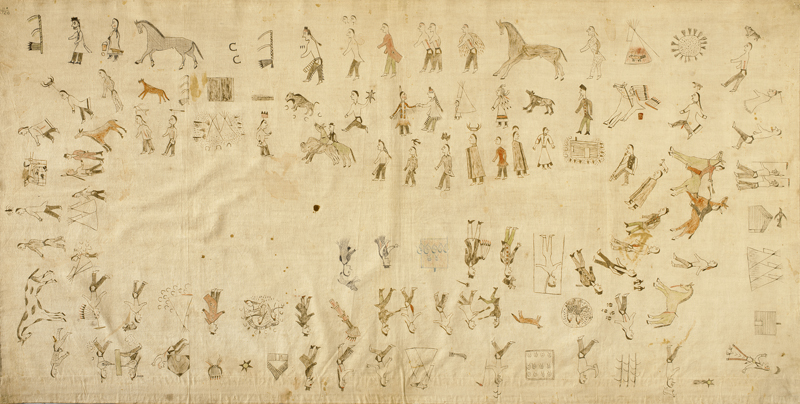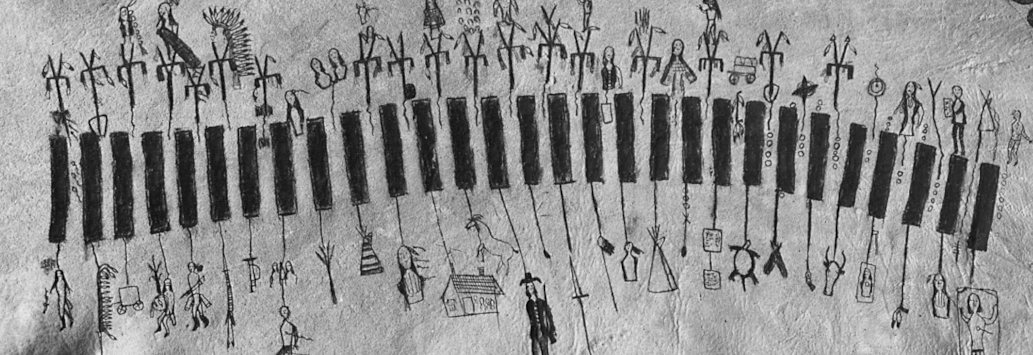This semester my students had to come up with their own “special project” that in some way featured or supported Native peoples. They did excellent work. In this post, I have highlighted some particularly outstanding projects.
Yumi Hastings – Performance of Connor Chee’s Hero Twins
Here’s a link to the companion paper that accompanied Yumi’s piano performance.
“The video recording attached to this project is the piece ‘Hero Twins’ from Chee’s 2018 album called Emergence. Each of these pieces, including “Hero Twins” was inspired by the various Navajo creation stories and its characters. Chee’s hope is that these pieces will lead listeners to be interested in, ask questions, and research these traditional stories….As I prepare to further my piano career, I am always looking for new pieces to learn and teach. With the growing call for diversity and music outside of the classical canon, Chee’s work is a perfect candidate to present on a recital showcasing minority composers or as a teaching piece for an intermediate or advanced high school student. Performing works by indigenous composers such as Connor Chee, spotlights indigenous music and ensures that it will not be forgotten by the subsequent generations.”

“Indian Casinos: The Good, the Bad, and the Ugly”
Duncan Torkelson
“Native groups thinking about allowing casinos on their land need to understand the pros and cons. Casinos come with baggage, controversy, wealth, and more. The purpose of this paper is to act as a guide to tribes to see if allowing gambling is worth it and analyze the reality that communities face after turning to casinos.”
Here’s the link to Duncan’s fantastic essay, “Indian Casinos: The Good, the Bad, and the Ugly.”

“Persistence Beyond Penance: The Tongva/ Gabrielino Tribe’s Resilience during The Mission Era in California”
Aspen Lee
“This essay examines the impact of Spanish invasion on the Tongva people during the Mission Era and reveals an important cultural narrative of cultural assimilation, resistance, and the challenges of first encounters that Natives faced.”
Here’s a link to Aspen’s thoughtful and well-researched paper, “Persistence Beyond Penance.”

“From Mud to Magic: How Ceramics can Teach us about the Forgotten History of the Karankawa People”
Haley Schwenn
“The Karankawas struggle to piece together their own rich history because so much of it has been erased by settlers. But just because there aren’t written documents that we can read, does not mean the Karankawas left nothing behind. In this essay, I will argue that if we cannot time travel and speak to the people who were actually there, perhaps we should consult something that was: pottery.”
Haley is planning on submitting her essay to a local historical journal.

“History on Native Terms: A Discussion of Winter Counts“
Reid Homer
“Native history has been told by Europeans for Europeans for a long time. Winter counts are one of the ways that natives can tell their history on their terms. It forces us to engage with their culture and traditions. It lets us learn what is important to them and demonstrates how tribes have changed over time.”
Check out Reid’s exceptional essay (it actually inspired an activity for my future classes), “History on Native Terms: A Discussion of Winter Counts.”
